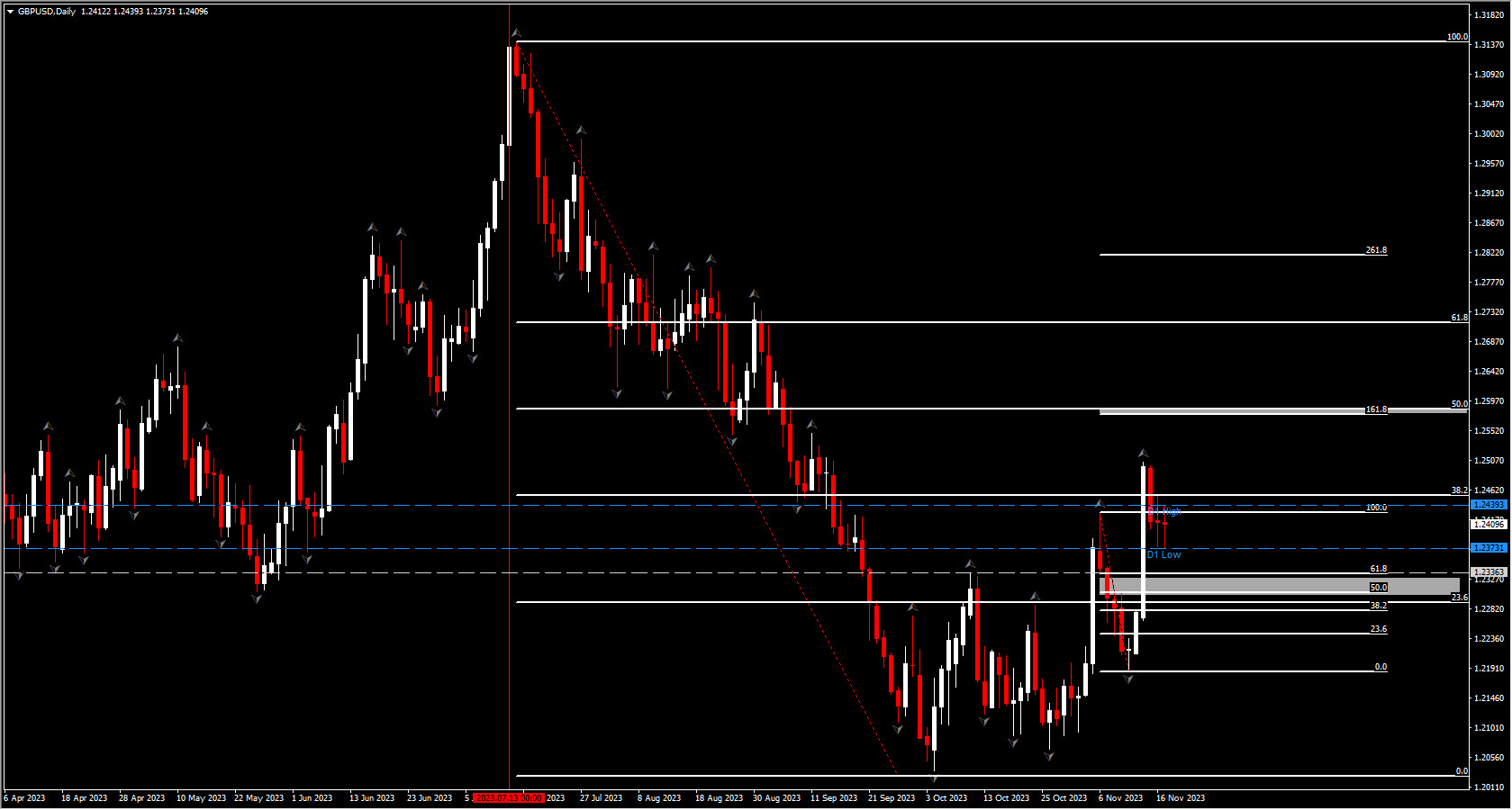October delivered a significant drop in headline inflation in the United Kingdom, primarily driven by base effects stemming from energy prices. While core inflation also saw a more substantial decline than anticipated by the Bank of England, these figures, although suggestive of peaked rates, are insufficient to prompt the central bank to consider rate cuts. With inflation and wage growth remaining stubbornly high, the road to the BoE’s 2% inflation target demands a sustained application of restrictive policy settings well into the coming year.
Inflation Figures and Contributors
CPI inflation eased to 4.6% year-on-year in October, marking a notable 2.1% point decline from September. This deceleration was in line with expectations, given the regulatory adjustments made by Ofgem to energy prices in October of the preceding year. The most significant contributor to this month’s drop was household energy prices, resulting in a correction of -1.9% month-on-month in the housing and household services index. Gas prices, in particular, experienced their most substantial year-on-year decline since records began in 1989, plummeting by -31%.
On a positive note for the government, food price inflation also exhibited a slowdown, standing at 10.1% year-on-year in October compared to 12.1% in the previous month. Chancellor Rishi Sunak swiftly claimed credit for the decline in headline inflation, attributing it to his commitment to halving inflation and the impact of prudent budget policies.
Underlying Challenges and Warnings
Despite the apparent drop in inflation, it is crucial to recognize that much of this decline is a result of base effects from supply shocks experienced in the first three quarters of 2022. Officials caution that steering inflation toward the target will become more challenging from this point forward. While headline rates align with expectations, consumers face challenges, particularly with owner occupiers’ housing costs experiencing a sharp rise. Although food price inflation has decreased from its peak in March, the overall price level in the UK remains more than 16% higher than in October 2021, intensifying the pressure on household incomes.
Moreover, core and services price inflation now surpass the headline rate, and recent wage growth exceeds expectations. The labor market, despite showing signs of relaxation, remains more resilient than initially anticipated. Unemployment appears to stabilize, but reports indicate a softer fall in permanent staff appointments and a growing pool of candidates. Starting salary inflation continues to decelerate, reaching a 31-month low.
Market Implications and BoE Caution
The latest data supports the view that inflation has peaked and is likely to trend lower, suggesting that rates may have reached their zenith. However, BoE Chief Economist Pill’s cautionary remarks ahead of the CPI release signal a lingering risk of persistent inflation. The official stance emphasizes the necessity for ongoing restrictive policy measures without committing to a specific time frame. The absence of such a timeframe is intentional, as any indication could lead markets to anticipate rate cuts, potentially impacting the pound negatively—a scenario the BoE aims to avoid as it works towards bringing inflation back to target.
In conclusion, while October’s inflation figures present a mixed picture of positive declines and lingering challenges, the path forward necessitates a delicate balance of policy measures to sustain economic stability amid shifting dynamics.
Click here to access our Economic Calendar
Andria Pichidi
Market Analyst
Disclaimer: This material is provided as a general marketing communication for information purposes only and does not constitute an independent investment research. Nothing in this communication contains, or should be considered as containing, an investment advice or an investment recommendation or a solicitation for the purpose of buying or selling of any financial instrument. All information provided is gathered from reputable sources and any information containing an indication of past performance is not a guarantee or reliable indicator of future performance. Users acknowledge that any investment in Leveraged Products is characterized by a certain degree of uncertainty and that any investment of this nature involves a high level of risk for which the users are solely responsible and liable. We assume no liability for any loss arising from any investment made based on the information provided in this communication. This communication must not be reproduced or further distributed without our prior written permission.




















